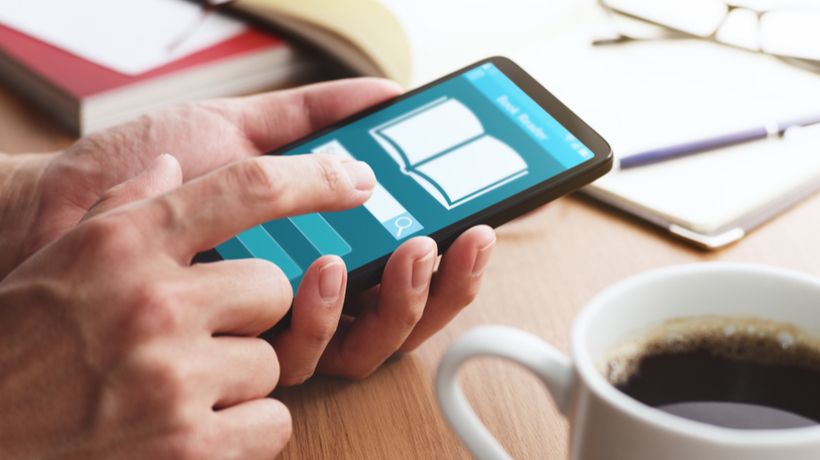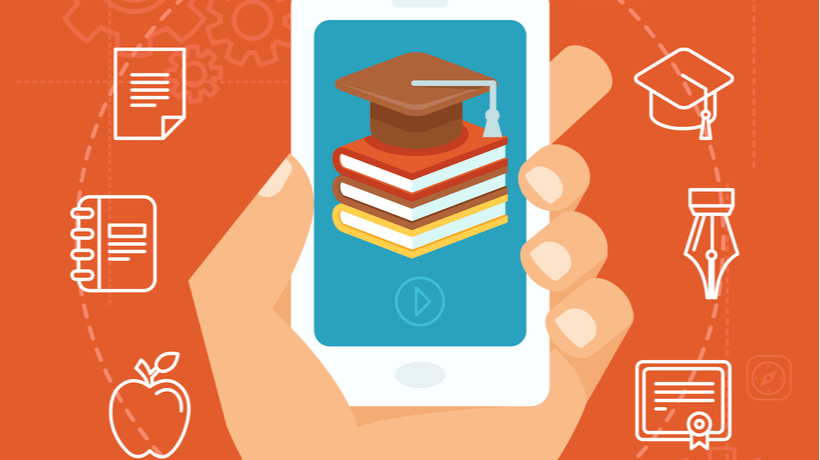Mobile Learning can serve as the bridge between E-Memory and true memory
Pop quiz: You’re trying to remember the name of that new restaurant everyone keeps talking about. It’s on the tip of your tongue, but you just can’t come up with it. Do you:
- Sit quietly, close your eyes and engage in quiet reflection
- Google it
Chances are, after about two seconds you’re picking up your smartphone or opening your laptop.
Why can’t you remember the name? Maybe you only heard it once. Maybe you’ve mixed it up with the name of that old Italian place down the street. Or maybe it’s a different reason altogether – you don’t need to.
Studies suggest that access to the limitless information on the internet has changed the way our memories work. Researcher Robert Clowes argues that we now have two memory systems: an old system – our brains – and a newer system he calls E-Memory. E-Memory consists of the information available on the devices we use to record, store and search – our smartphones, tablets and computers.
When faced with the flood of information we experience each day, we simply can’t remember it all. Our brains must prioritize information to decide what’s worth remembering and what isn’t. Clowes suggests that E-Memory is now influencing this process. With the availability of internet-enabled devices, we outsource certain memory functions to apps, electronic calendars and search engines.
So, why couldn’t you remember the name of that new restaurant? Because it wasn’t worth the trouble. Deep down your brain knew you could have the answer in no time just by picking up your smartphone.
Mobile Learning provides learners with a similar advantage – they can access professional development tools any time the need arises. This has always seemed like a good thing, but in light of E-Memory, are we doing our learners a disservice? Are we encouraging them to rely on E-Memory by making training so easily accessible? If so, are they actually learning anything?
On the contrary, if E-Memory is indeed the direction in which our memories are evolving, Mobile Learning is critical to effective talent development. Below are a few of the reasons why.
- Access to best practices anytime, anywhere.
It’s hard to argue against providing valuable information whenever learners need it. In the past, if an employee was off-site and couldn’t remember an effective technique, he or she was out of luck. Now, they can access best practices in the moment of need. And that adds value to the employee and the organization. In a recent study of medical students who were provided with a mobile learning program, over a third of them reported watching a refresher module right before they used a technique on a patient. The program was an overwhelming success with the students, and it worked out well for the patients too. - Reinforcement is a key to learning.
Research has proven time and time again that long-term learning depends on reinforcement. Bite-size modules designed for Mobile Learning are a perfect refresher – quick and focused, with just enough information. With mobile content available in the moment of need, it’s easy for learners to immediately apply their training. And after watching the module a few times and practicing the skill, employees won’t need to rely on their E-Memory any longer – it will be retained in their real memory. - Learners see the value.
When learners receive training reinforcement just when they need it most, they see the benefits. They continue to utilize mobile and invest in the training program. A 2013 study showed that participation in training can go up as much as 42 percent with the introduction of a mobile program. When professional development works for employees, employees embrace it.
In the conclusion of his research paper, Clowes writes that the longer E-Memory is available to us, the more we will come to rely on it. While this may sound frightening at first, Mobile Learning can serve as the bridge between E-Memory and true memory. It houses the valuable training information for learners until it is reinforced enough to become second nature. Mobile Learning, meet E-Memory. You’ll get along great together.
Sources
Clowes, R. W. (2013). The cognitive integration of e-memory. The Review of Philosophy and Psychology, 4(1), 107-133.
Jang, H. W., and Kim, K. J. (2014). Use of online clinical videos for clinical skills training for medical students: Benefits and challenges. BMC Medical Education, 14:56. doi:10.1186/1472-6920-14-56
Towards Maturity. (2013). Mobile learning at work. London, UK: Towards Maturity.









